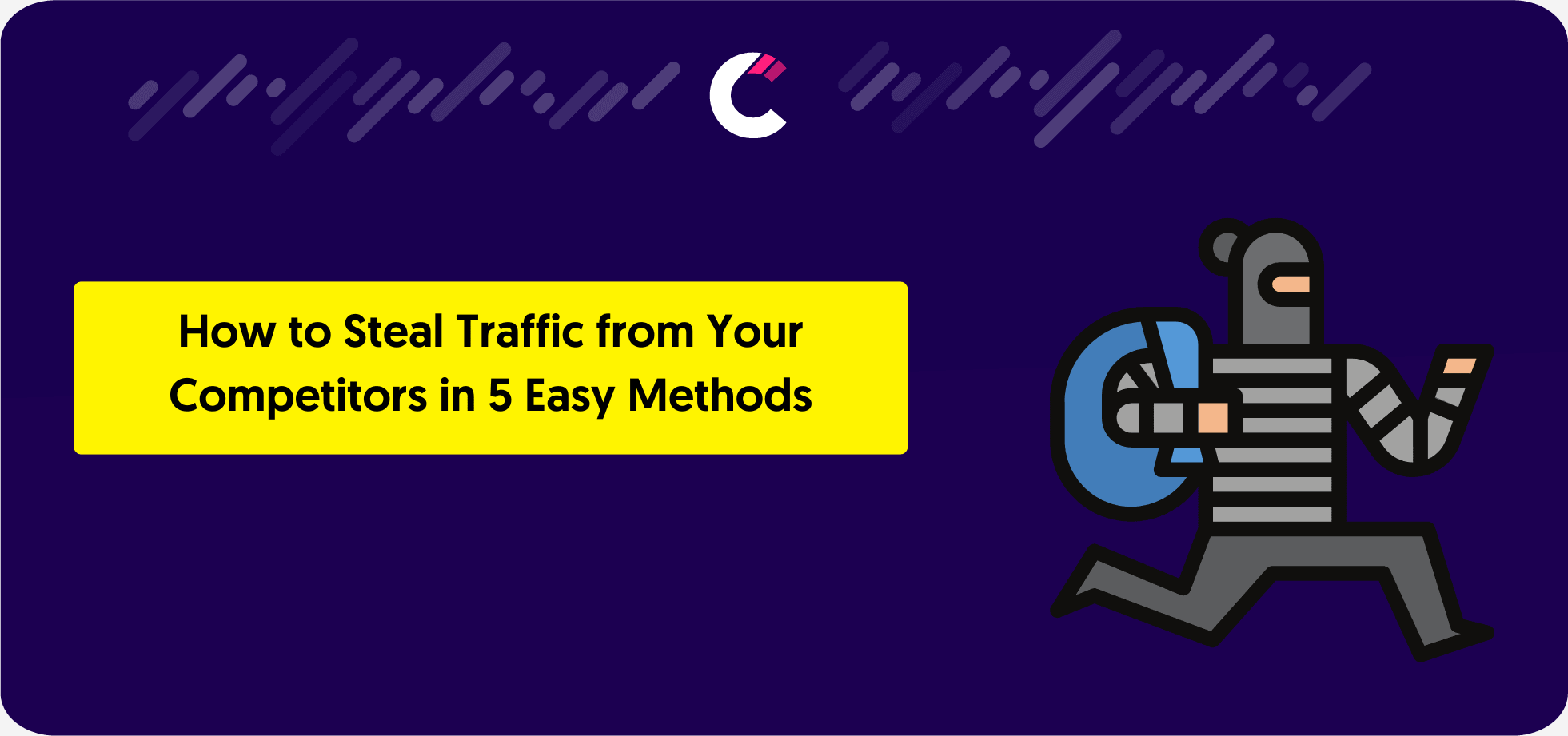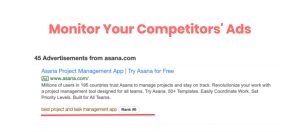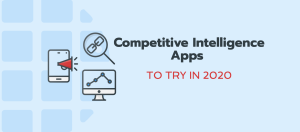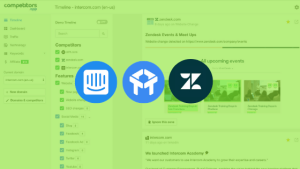
How to Steal Traffic from Your Competitors in 5 Easy Methods
Everyone wants a bigger slice of the online traffic pie, but how do you get it without starting from scratch? Here’s the secret: you can

Everyone wants a bigger slice of the online traffic pie, but how do you get it without starting from scratch? Here’s the secret: you can

What if your biggest competitors could unknowingly help you grow faster? The truth is, they already have—through their successes, failures, and strategic moves. Learning from

What is a Competitor Audit? A competitor audit is a structured process of analyzing your competitors to uncover insights that can fuel your business strategy.

Imagine running a business and knowing exactly what your competitors are planning, how market trends are shifting, and what customers really want—all before anyone

Picture this: A boxing match where every punch thrown is a pricing move, a marketing jab, or a product launch haymaker. In sports, you don’t

The Google Search results page is a highly competitive marketplace, and spying on your competitors’ Google Ads helps you to see precisely how they craft

[playht_player width=”100%” height=”175″ voice=”Noah”] Building and maintaining a competitive advantage is a challenge, especially in today’s fast-moving business world and in such a highly competitive

There’s a big chance to come across Trello and Asana while haunting for the best-fit project management tool for your tasks, isn’t it? Choosing the

Intercom is huge, Drift is revolutionary, and Zendesk is powerful. Surely, you’ve heard about these tools that worth millions of dollars, and for sure, you’ve
What’s competitive analysis and its purpose? When it comes to business, there are some essential steps to be done to start building from the beginning
Monitor competitor website changes
You can get alerted when your competitors are making changes to their website.
Find competitor keywords
Finding your competitors’ keywords is essential for your business. It means that you focus your entire website on targeting high volume, quality keywords.
Track Social Media Pages
Social media competitive analysis is the constant monitoring and analyzing the moves of your competition on social media.
Competitor Email Monitoring
Tracking your competitors’ emails takes some time, but it’s well worth it!
How to do competitor analysis
One important step is to conduct an effective competitive analysis to evaluate your competitors’ brands.
Competitors App SRL
support at competitors.app
Sanzienelor 3, Sibiu, Romania
+1 (302) 208-7954